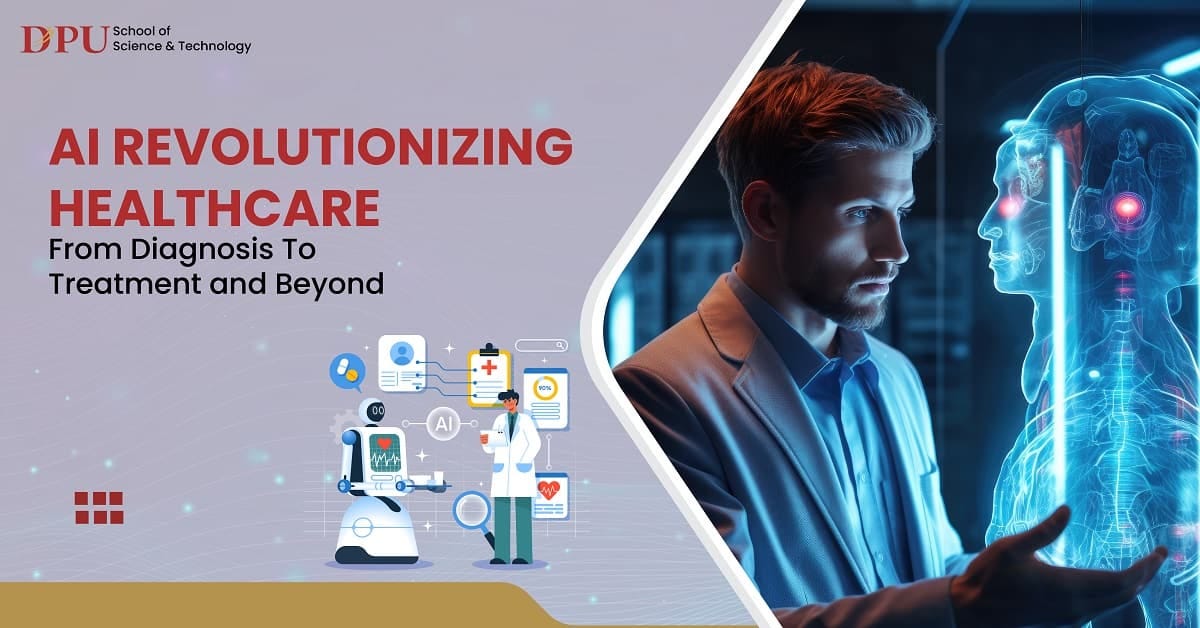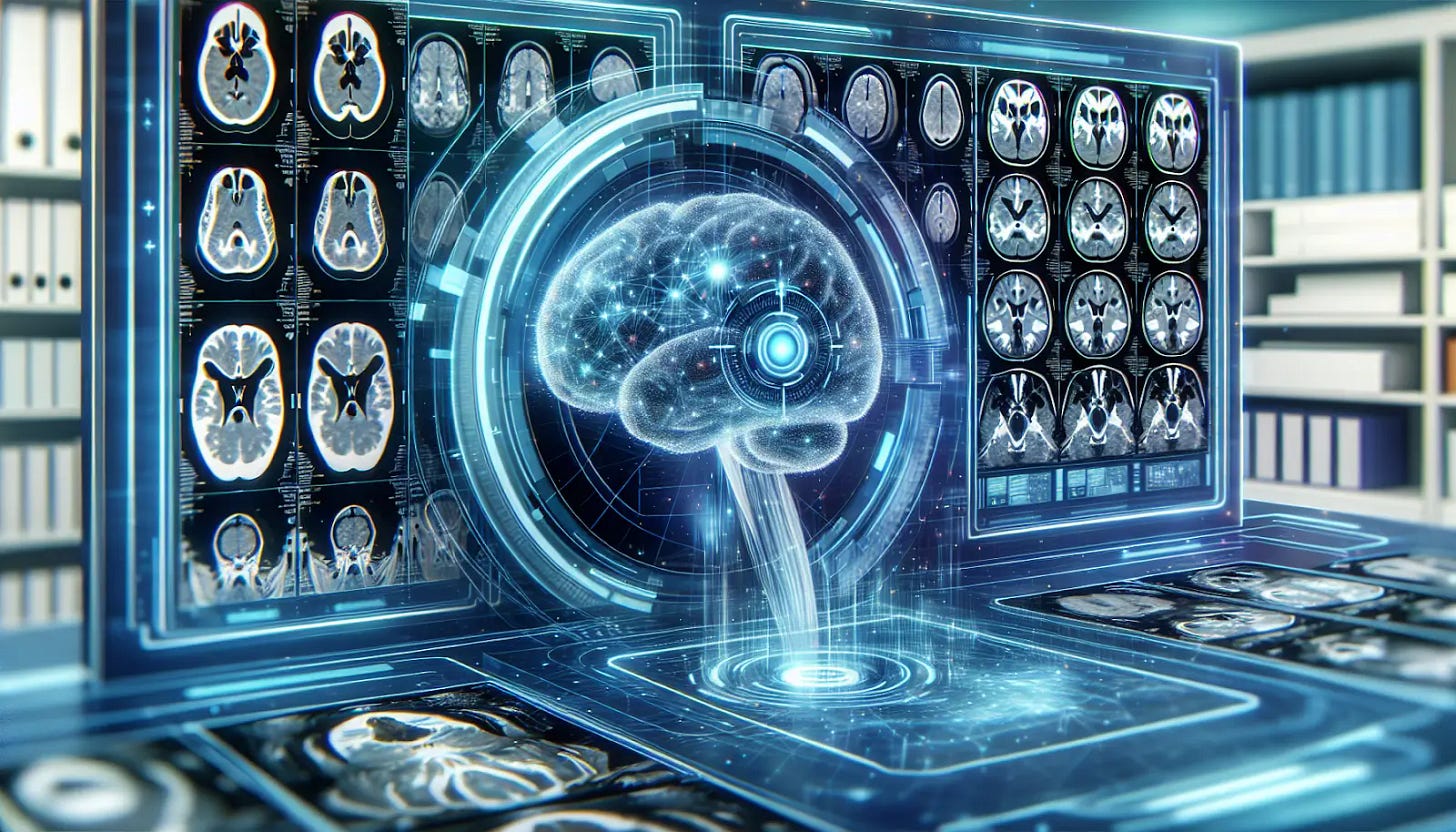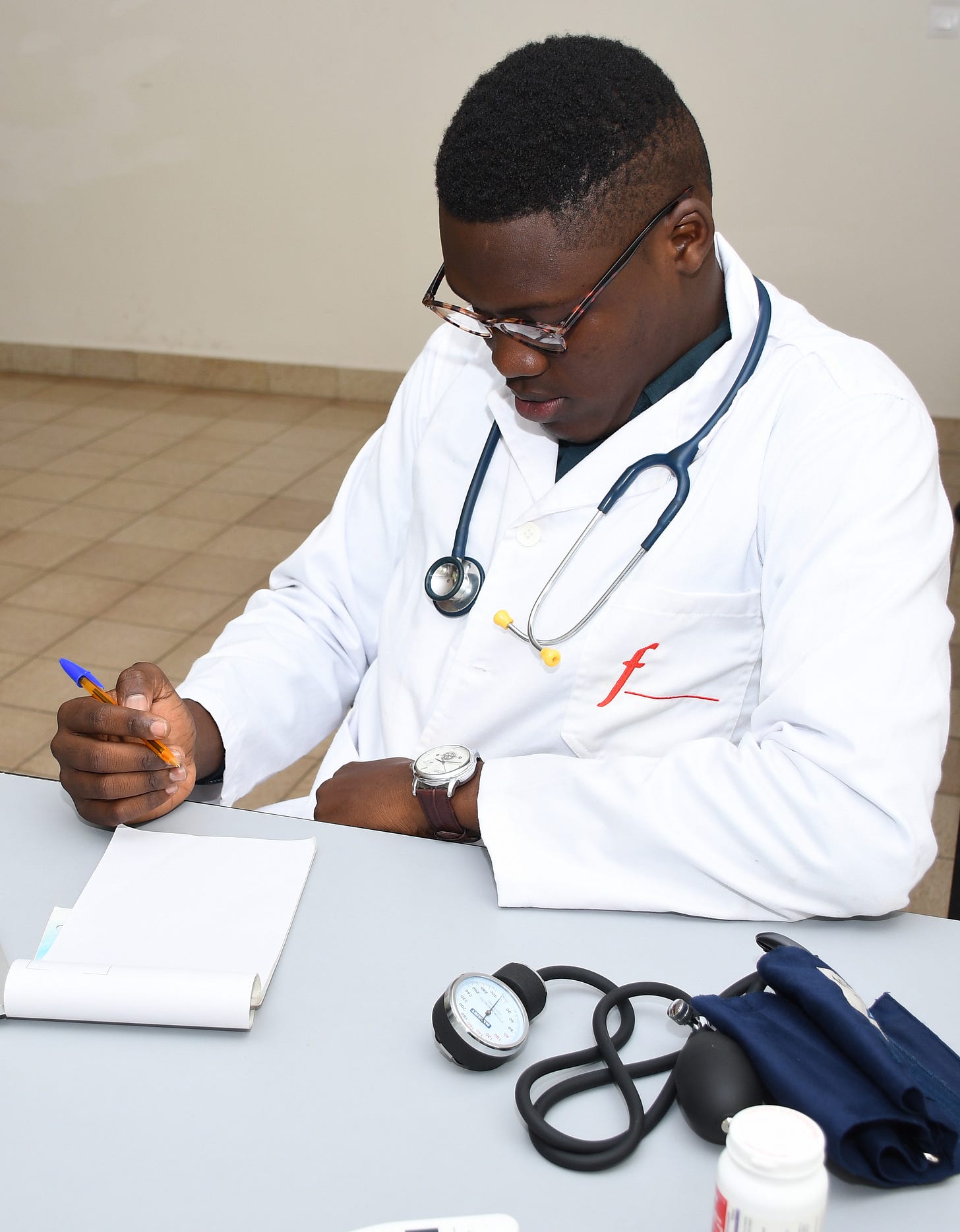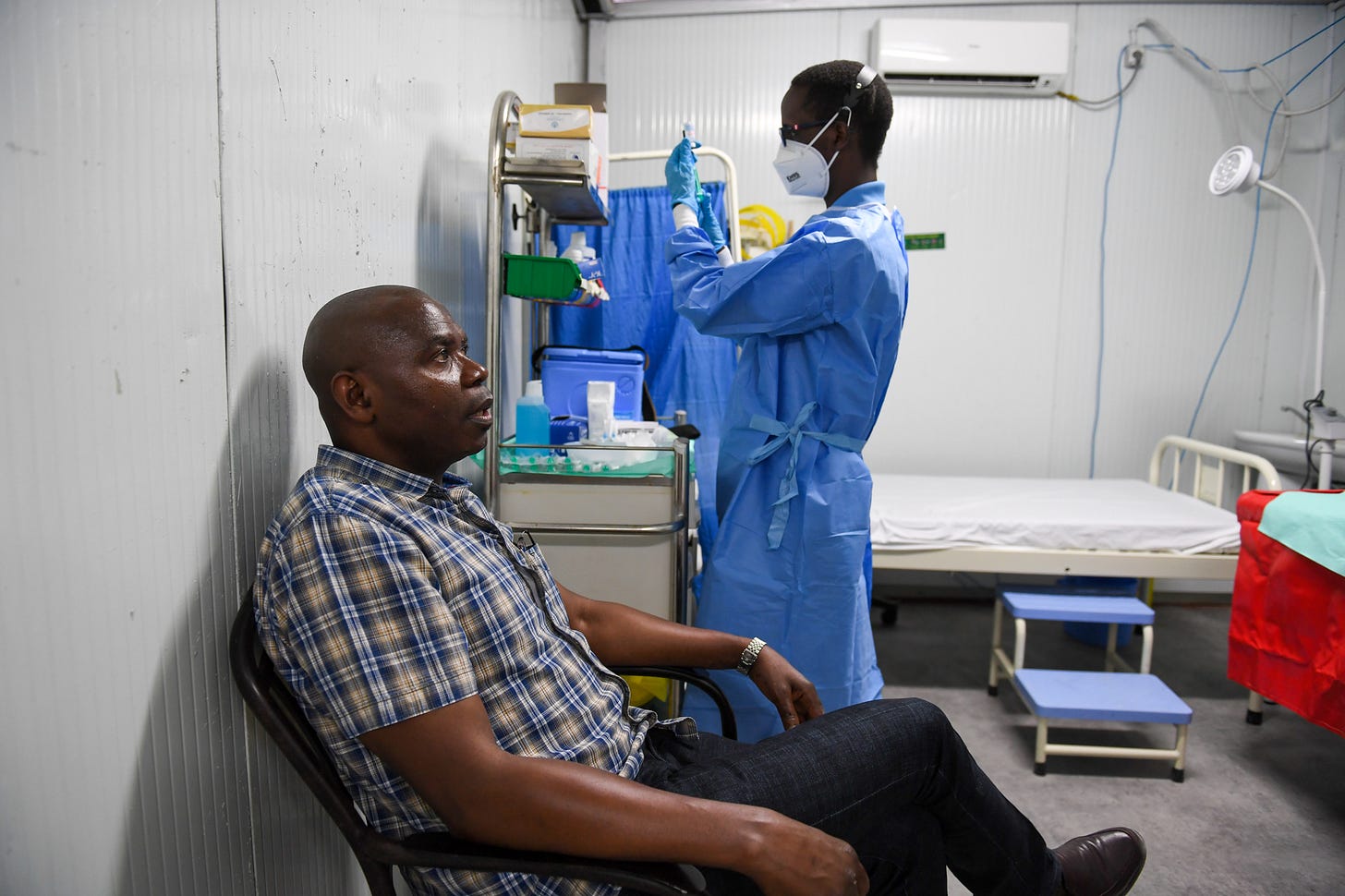Foundations Meet the Future
As Kenya’s healthcare sector increasingly embraces digital innovation, Artificial Intelligence (AI)—particularly generative AI (gen AI)—is taking center stage. It offers the potential to transform not only how diseases are diagnosed and treated but also how healthcare systems operate at scale.
Globally, the momentum is undeniable. According to a recent McKinsey & Company survey (2025), 85% of leaders from health systems, payers, and healthcare services and technology (HST) groups are either exploring or using generative AI. In life sciences alone, gen AI could unlock between $60 billion and $110 billion in value, signaling a seismic shift in how technology and healthcare intersect (Zurkiya, Bleys et al., 2025).
In Kenya—where health disparities, workforce shortages, and infrastructural gaps remain persistent—AI can help accelerate progress toward universal health coverage (UHC). This week’s issue dives into how AI can revolutionize diagnosis and treatment in the Kenyan context, with real-world examples and strategic advice for innovators and leaders.
Feature Article: Diagnosing & Treating Better with AI in Kenya
AI applications in healthcare can broadly be categorized into diagnostics, clinical decision support, drug development, and personalized treatment plans. In Kenya, where clinical workloads are high and health infrastructure is unevenly distributed, AI offers both clinical and operational leverage.
1. Improved Diagnostics
AI-powered tools can interpret imaging scans, pathology slides, and lab results with high accuracy. Solutions like Google's DeepMind or Zebra Medical Vision are being localized in some African markets, enabling earlier and more precise diagnosis of diseases such as tuberculosis (TB), breast cancer, and diabetic retinopathy.
In Kenya, integrating such tools into public hospitals could drastically reduce delays in radiology reporting—currently a major bottleneck in diagnostics.
2. Clinical Decision Support Systems (CDSS)
AI-driven CDSS platforms can analyze patient symptoms, history, and test results to suggest differential diagnoses or flag early warning signs. This is particularly useful in rural areas where experienced clinicians are scarce.
For example, an AI triage tool could help a clinical officer in Navakholo flag potential sepsis or stroke cases based on symptoms and vital signs, prompting faster referrals.
3. Treatment Optimization
AI algorithms can recommend treatment protocols based on real-time data from electronic health records (EHRs), enhancing adherence to evidence-based guidelines. In HIV care, for instance, AI models can identify patients at risk of defaulting on antiretroviral therapy (ART), enabling tailored follow-ups.
4. Reducing Human Error
Fatigue, high patient volumes, and staff shortages often lead to diagnostic or prescription errors. AI doesn't tire or overlook data. By acting as a "second pair of eyes," it can reduce clinical mistakes and improve patient safety.
Expert Insights: Perspectives from the Frontlines
Dr. Sarah Wanjiku, AI Research Fellow, KEMRI-Wellcome Trust:
“AI isn’t about replacing doctors; it’s about extending their capabilities. In rural Kenya, a health worker with an AI-enabled tablet is better equipped than one without any decision support.”
John Ochieng, CTO at AfyaAI, a Kenyan healthtech startup:
“We're training Swahili-speaking AI chatbots that support chronic care management. It’s amazing how patients engage more openly when there's no fear of stigma or judgment.”
Dr. Joachim Bleys, co-author of McKinsey’s Gen AI report, adds:
“For countries like Kenya, the challenge is not lack of innovation but the right data infrastructure and trust to scale.”
Tech Spotlight: Generative AI in Clinical Documentation
One of the fastest-growing use cases of gen AI is in automating clinical documentation. In Kenya, clinicians often spend hours manually recording patient notes, consuming time that could be spent on direct care.
Gen AI tools—such as Microsoft’s Nuance DAX or Kenyan equivalents like WellDoc.AI—can now listen to clinician-patient conversations and generate structured notes in real time. Some platforms also integrate Swahili voice recognition, making the technology locally relevant.
Benefits:
Reduced documentation time by up to 70%
Fewer transcription errors
Faster data entry into digital health systems
Case Study: AI for HIV Care in Nairobi County
In Nairobi County, a public-private collaboration between the County Government, AMPATH, and a local startup called AI Community Health Toolkit has shown what’s possible when AI meets targeted public health needs.
The pilot focused on AI-supported ART adherence for HIV patients. Using mobile-based reminders, automated triage, and predictive modeling, the system could:
Flag patients likely to miss refills
Recommend tailored follow-up strategies
Direct CHVs for home visits when necessary
Results after 6 months:
42% reduction in missed ART appointments
30% improvement in viral load suppression rates
Enhanced patient satisfaction among persons with disabilities
This case illustrates how AI can make HIV care more proactive, inclusive, and data-driven—paving the way for national scale-up.
Actionable Takeaways for Kenyan Stakeholders
✅ For Healthcare Providers:
Pilot AI tools for diagnostics and patient monitoring—start small in one ward or facility.
Train staff on how to interpret and validate AI outputs.
Work with local developers to co-design culturally and linguistically appropriate tools.
✅ For Policymakers:
Update the National eHealth Strategy to explicitly include AI governance.
Establish regulatory sandboxes to safely test AI innovations in clinical settings.
Promote open health data policies while safeguarding patient privacy.
✅ For Investors:
Focus on scalable B2B models that solve real bottlenecks (e.g., radiology backlogs, treatment non-adherence).
Support AI solutions that address underserved populations—especially in maternal, HIV, and chronic care.
Insist on ethical, inclusive AI standards in your portfolio companies.
✅ For HealthTech Innovators:
Prioritize interoperability with MOH systems (e.g., DHIS2, AfyaCare).
Collaborate with CHVs and facility managers for real-world testing.
Invest in user-friendly design—simplicity and trust matter as much as accuracy.
Looking Ahead
AI won’t solve all of Kenya’s health challenges—but it can accelerate progress when applied thoughtfully and inclusively. As McKinsey’s research confirms, those who move early and responsibly stand to benefit the most.
Next Week: Blockchain for Medical Records—Security & Privacy in Kenya’s Digital Health Evolution.
References:
Zurkiya, D., Bleys, J., et al. (2025). Gen AI in Healthcare and Life Sciences. McKinsey & Company.
McKinsey HealthTech Survey (2025)
Interviews conducted May 2025 by Kenya HealthTech Weekly Team









